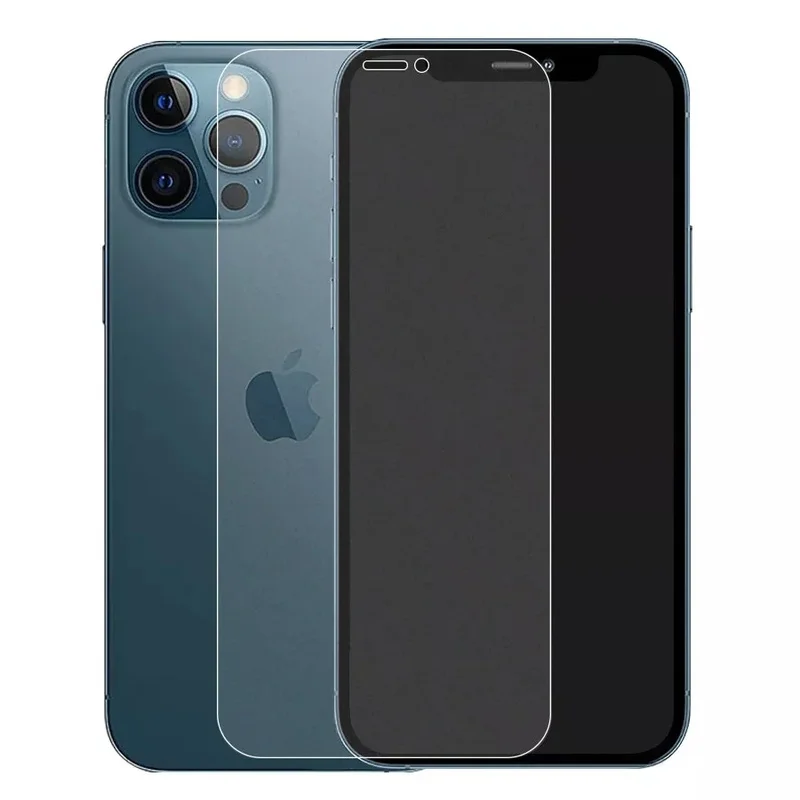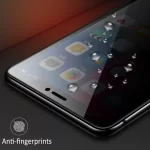In a world where our smartphones are an integral part of daily life, protecting them from potential damage is a priority for most users. One of the most common methods of safeguarding a device’s screen is by using a screen protector. However, what happens when that screen protector gets cracked? The dilemma—should you remove a cracked screen protector?—is one many smartphone users face. This article delves into the multifaceted considerations involved in making that decision.
Understanding the Purpose of a Screen Protector
Before evaluating whether to remove a cracked screen protector, it’s essential to understand its purpose and benefits. Screen protectors serve as a first line of defense against scratches, impacts, and dirt. They can reduce glare, enhance visibility, and may even offer anti-fingerprint features. Typically made from materials like tempered glass or plastic, a screen protector takes the brunt of the damage, thus preserving the original screen beneath.
However, when a screen protector cracks, it may no longer serve its intended function. It might remain functional, but it can also become a hindrance. Users may find visual distortions or tactile feedback negatively affected, which can impact everyday usage. Understanding how a cracked screen protector could hinder your device’s performance is crucial for making an informed decision about whether to remove it.
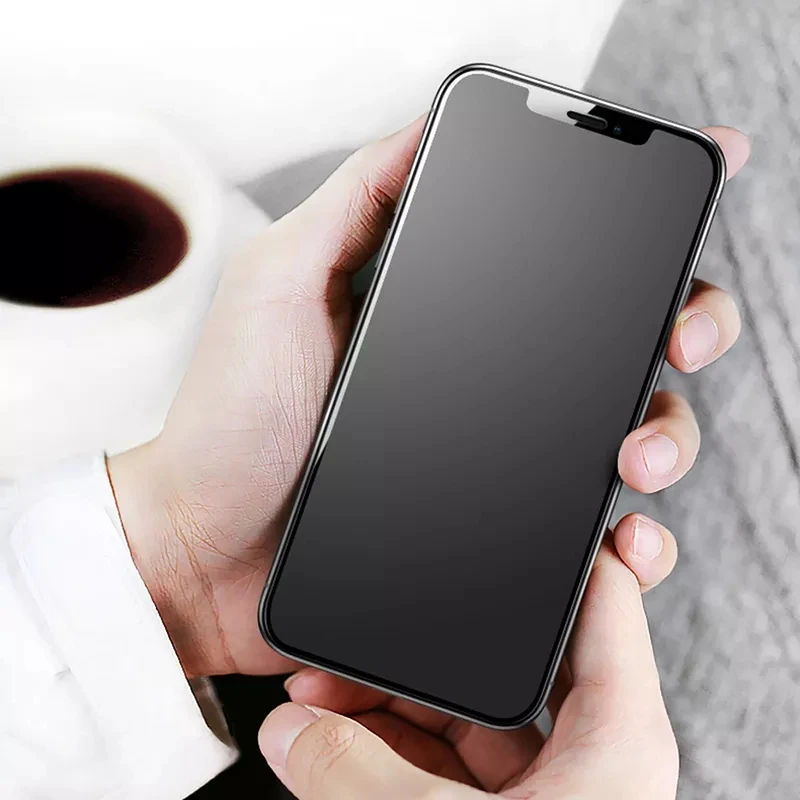
Signs That You Should Consider Removal
Not all cracks are equal. Minor, superficial cracks might not compromise the integrity of the screen protector significantly, while more severe cracks can impede visibility and usability. Key signs that may prompt you to remove a cracked screen protector include:
- Visible Cracks: If the surface is marred by significant fractures, it can distort the display and affect the touch sensitivity.
- Touch Sensitivity Issues: If you find yourself struggling to swipe or tap in certain areas of the screen, it might be time for a change.
- Dust and Debris Accumulation: A cracked protector is more likely to trap dirt and dust underneath it, which can further damage the phone screen over time.
- Aesthetic Appeal: A phone with a cracked screen protector might look unappealing and could lead to embarrassment or detract from the overall aesthetic quality of a device.
If you notice any of these issues, weighing your options becomes critical.
Evaluating Potential Risks
Removing a cracked screen protector is not without its risks. Ideally, you’d want to do it gently to avoid some pitfalls. One of the primary concerns is the potential damage to the actual screen. If the screen protector has adhered tightly to the screen, removing it with force can lead to an unwanted surprise: a damaged screen underneath or even shattered glass. Thus, a careful evaluation of how the screen protector is affixed to the device can help mitigate risks.
Another risk to consider is the loss of temporary protection. While the cracked screen protector might not be functioning optimally, it still serves as a barrier against scratches and impacts. By removing it, especially if you have no immediate intention to replace it, you are exposing the screen to potential hazards.
Finally, consider your personal habits. If you are the type of person who frequently drops or mishandles your phone, removing the screen protector could increase the chances of damaging the original screen beneath.
The Emotional Aspect of a Cracked Screen Protector
Beyond physical considerations, the emotional impact of using a cracked screen protector is worth considering. Many smartphone users develop an attachment to their devices, viewing them as an extension of themselves. A cracked screen protector can represent a type of disarray or neglect—feelings that can translate into frustration or anxiety.
The emotional satisfaction of having a device that appears “whole” can be substantial. Many users feel more confident and at ease with equipment that is well-kept. In this regard, removing a cracked screen protector could restore some peace of mind. If the sight of a damaged protector irks you, it’s worth considering the emotional benefits of removal.
Replacement Options: What’s Out There?
If you’ve decided that removing the cracked screen protector is the best course of action, the next question is: what do you replace it with? The market is flooded with various types of screen protectors, each offering unique benefits.
- Tempered Glass: Known for its durability, a tempered glass protector is less likely to shatter and can provide better touch responsiveness than plastic options.
- Plastic Film: While generally less durable, plastic film protectors are more flexible and easier to install for those on a budget. They may not provide as much protection against drops but can guard against scratches.
- Liquid Screen Protection: This innovative option provides a chemical layer that bonds at a molecular level to the screen. While it won’t provide physical barriers against impacts, it can help to resist scratches and smudges.
Selecting the right option can depend on your lifestyle and how much risk you’re willing to take. Researching and comparing options can lead to a better protective choice post-removal.
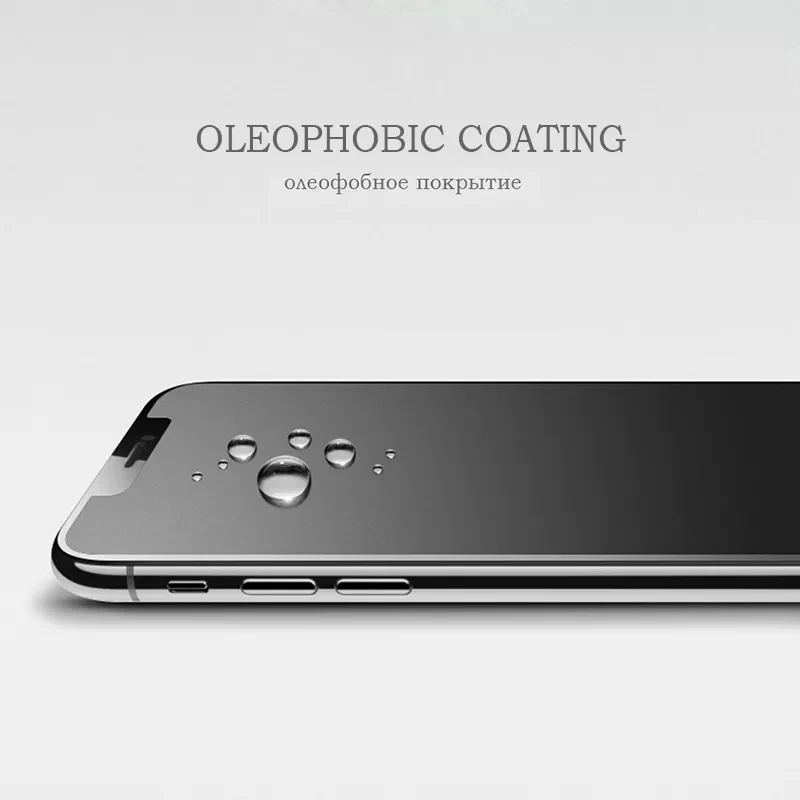
DIY Removal Techniques
Once you’ve decided to remove the cracked screen protector, employing proper techniques can make the process smoother and safer. Here are a few strategic approaches:
- Room Temperature: Before attempting to remove the protector, ensure the phone is at room temperature. This is critical as excessive heat or cold can make adhesive products more difficult to manage.
- Using a Card: Slip a thin plastic card—like a credit card—underneath a corner of the protector. Gently pry it upward. Once one corner is loose, you can gradually slide it around the edges to lift it off.
- Heat Application: In cases where the adhesive is particularly strong, using a hairdryer on a low setting can help to weaken the bond, making it easier to lift the protector away.
- Cleaning Post-Removal: Once the protector is off, clean the screen thoroughly with a microfiber cloth to eliminate dust and fingerprint smudges. This will prepare the surface for a new protector, should you choose to install one.
By following these techniques, the removal process should be less daunting and help to prevent unwanted damage to your device.
Final Thoughts: To Remove or Not to Remove?
Ultimately, whether or not to remove a cracked screen protector comes down to individual circumstances and preferences. If the damage is minor and the protector still functions reasonably well, you might opt to keep it—at least until you find a suitable replacement. However, significant cracks and usability challenges could outweigh the benefits of a damaged protector, making removal the more practical option.
Emotional factors, physical risks, and replacement considerations all play critical roles in this decision-making process. Each user will need to assess their unique circumstances before reaching a conclusion about their cracked screen protector. Therefore, weigh your options carefully, consult reliable resources, and choose the best path for your device protection needs.
The Importance of Mindfulness
Mindfulness, a practice rooted in ancient traditions, has gained significant attention in modern wellness circles. At its core, mindfulness is about being present at the moment, fully aware of our thoughts, feelings, and surroundings without judgment. Research has shown that practicing mindfulness can lead to reduced stress, increased focus, and improved emotional regulation. By incorporating simple techniques, such as deep breathing or mindful walking, individuals can cultivate a deeper sense of awareness and experience greater satisfaction in their daily lives.
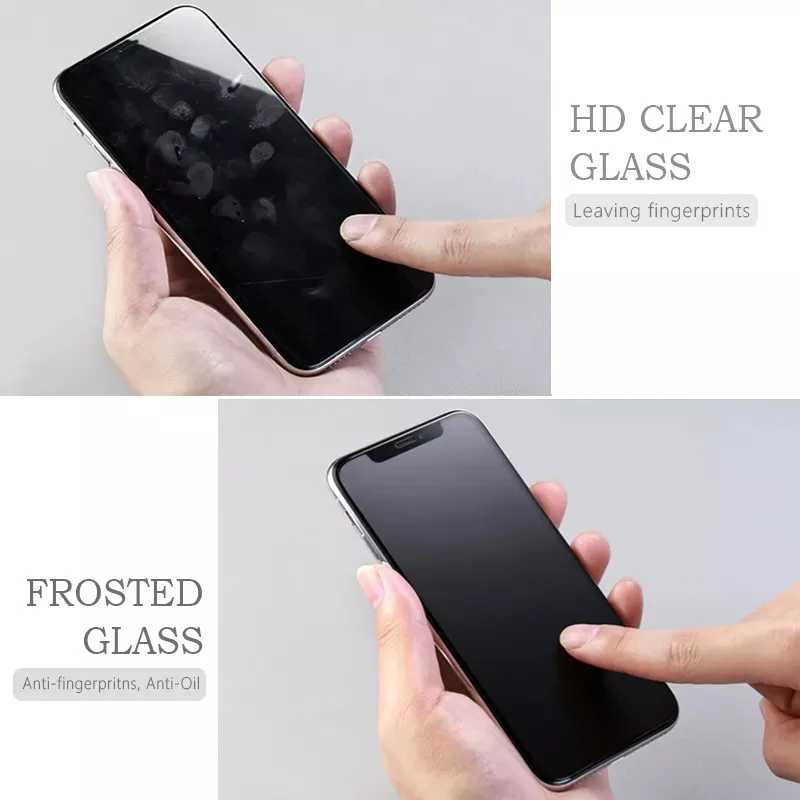
Conclusion
Removing a cracked screen protector is not simply a matter of practicality; it combines aspects of physical safety, emotional reassurance, and future usability. Each smartphone user’s situation is unique, with various factors influencing the right course of action. By understanding the risks, benefits, and various alternatives, you can make an informed decision that best serves your needs while continuing to protect your essential device.
